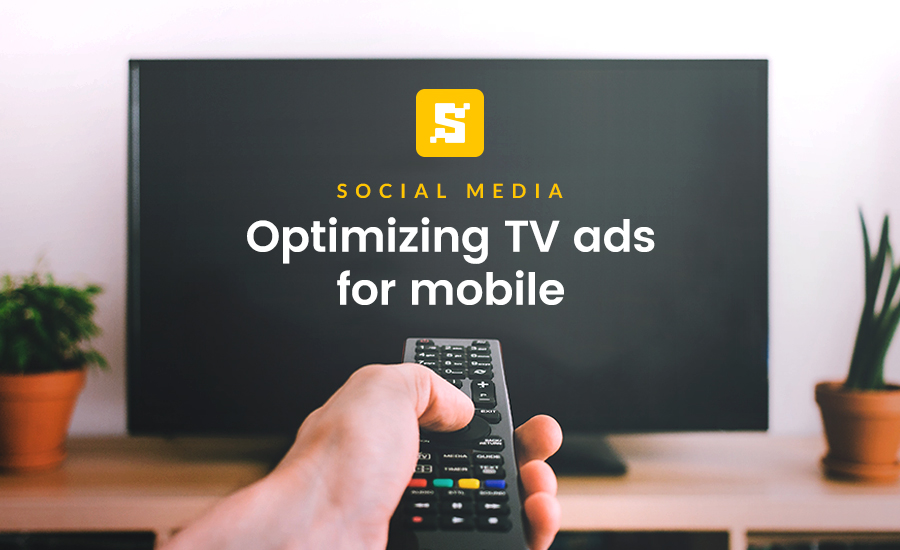Digital ad spend surpassed TV ads in 2017 and advertisers are taking notice. This was the first time digital ad spend trumped TV.
Additionally, revenue on the digital ad side showed no signs of slowing down last year, growing 21 percent. Digital advertising on mobile is a driving factor behind the growth – it contributed to more than half of digital ad revenue. Social media, too, had a hand in the increase, snagging about 25 percent and that incline is steepening.
People consume media differently
The numbers don’t lie. Those paying attention to the digital ad space know that TV entertainment remains popular with viewers, but how people consume that entertainment is evolving.
People are mobile now and increasingly on social media, even while watching television. Many times, TV is what takes the viewer to their tablet or smartphone to look up the latest TV news or recaps. Consider this: according to Think with Google, for every hour of Games of Thrones watched, there’s another 30 minutes watched on the same topic on YouTube.
Television advertisers that develop strategies for social media will continue to thrive in the evolving digital space. As mobile and social continue to grow in usage each year, knowing how to optimize your TV ads for mobile is now more important than ever.
Related: 4 tech trends that enhance mobile advertising
Making the most of mobile
Not every television ad will be perfect for mobile or social media, and that’s okay. But with some tweaking, your TV ad can flourish just as well on a smartphone social app. Below our Strike Social’s suggestions for optimizing your TV advertisements for an increasingly mobile and social world.
Optimize for vertical video: The framing of your video will be different on a mobile platform. It’s rare that users flip their devices horizontal and while YouTube follows a horizontal aspect ratio, many other platforms such as Snapchat and Facebook display vertical video. This means advertisers must pay attention to any details they don’t want cut off when resizing for mobile and consider the aspect ratio of each platform.
Consider ad length: Media consumption on mobile versus TV is very different. Ads on mobile need to capture attention fast. While users are engaged with their devices, attention usually peaks only at a few seconds. Keep the length of your ads short and remember to get your most important details in those initial seconds – some advertisers opt to display the brand right away, which has proven promising results. If you’re producing ad copy, keep it simple yet effective to resonate with users.
Optimize for screen size: We often think of mobile as only our smartphones, but there are tablets, mini tablets and a multitude of smartphone sizes to consider. Ads on TV are optimized for larger displays, but social media advertising on mobile is compact. It’s worth keeping in mind the different screen sizes for mobile to avoid cutting off any important messages in your ad.
Design for sound-free viewing: Mobile users often consume media in public where sound isn’t always ideal. Additionally, Facebook has reported that majority of users on the platform choose to view video without sound. Adding text, detailed graphics or subtitles can enhance your ad and prepare it for sound-free viewing, but ultimately, it’s best to optimize your ads with a strong attention to visual, but still incorporate those necessary sound elements for viewers who choose to listen in.
Sync TV with social: 81 percent of Americans use a second screen while watching TV, and in one survey, 72 percent of respondents said they’re on their phone checking social media at that time. Sync up your brand’s social ads to display during television shows or events to boost performance. In our multitasking world, take advantage of that time and run ads during prime time or against a competing show.
Tuning in to your audience
With the hike in digital ad spend, there’s no reason not to work this strategy into your advertising mix. Nevertheless, while optimizing your campaigns for the right platforms, don’t neglect to tell your story. Even though social platforms cater to a completely different user experience, storytelling is stil the most important element to advertising. Always consider your audience and how to resonate with them the best on each platform.








